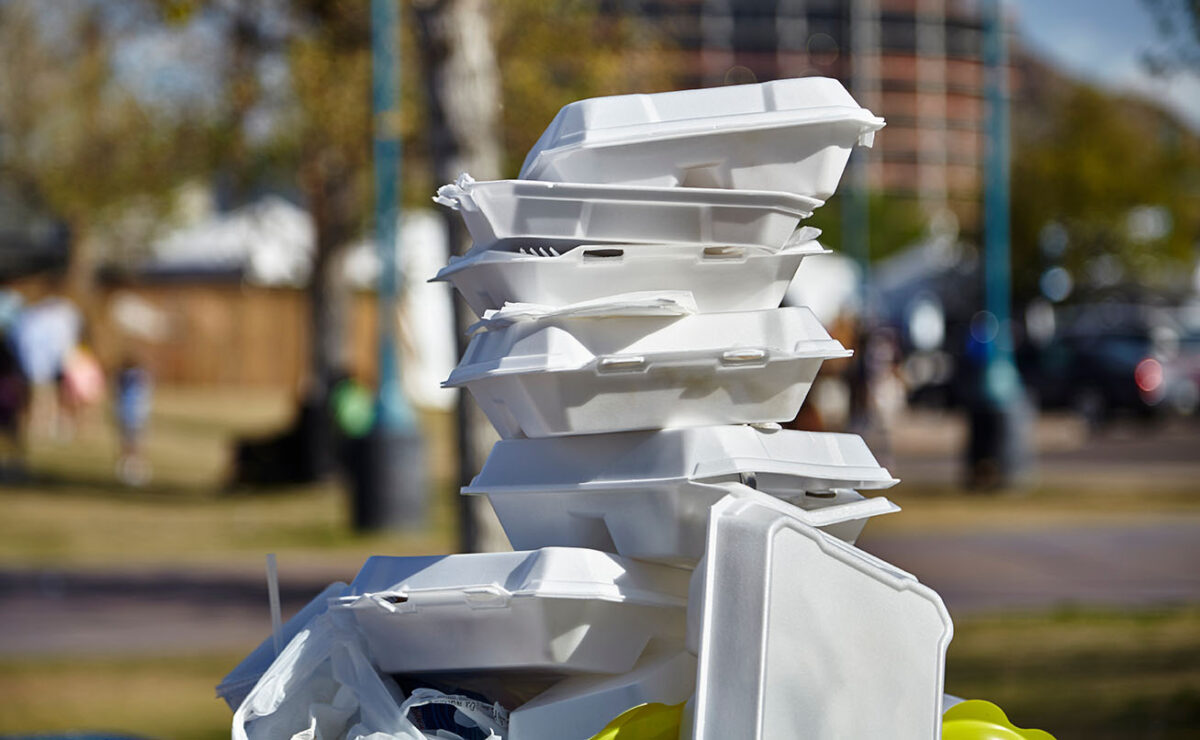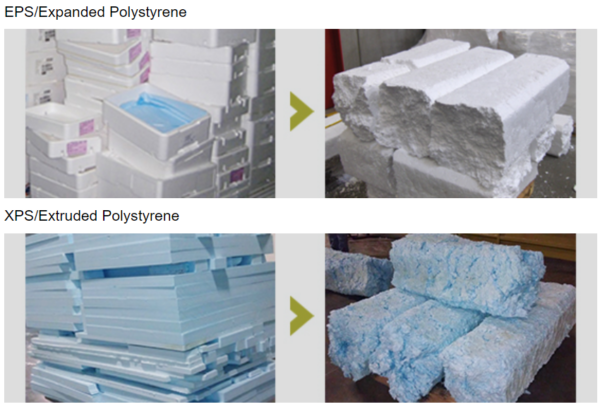Denmark’s Styrofoam Recycling Strategy

Denmark leads in environmental initiatives, including recycling Styrofoam (EPS). Widely used in packaging and insulation, expanded polystyrene presents significant challenges in waste management.
The material’s lightweight yet bulky nature makes it difficult to transport and recycle. However, Denmark is improving Styrofoam recycling as part of its broader move toward a circular economy.
You can also read: Polymer Bead Foam Processing: Techniques and Innovation
Efficient Collection and Compaction
Large pieces of Styrofoam waste, such as packaging materials or insulation, are collected and brought to designated recycling centers in Denmark. To reduce the material’s volume, these centers employ Styrofoam Compactor machines, which compress the Styrofoam by up to 50 times its original size. This compacting process significantly reduces transportation costs and makes the material more manageable for recycling.

Compactor is a polystyrene recycling machine specialized in compressing waste EPS lunch box, XPS insulation board, EPP, etc., into blocks by rotating screw pressure without heating. Courtesy of GREENMAX.
The Recycling Process
Styrofoam Recycling in a Circular Economy
Denmark’s focus on Styrofoam recycling aligns with its broader goal of achieving a circular economy. By converting Styrofoam waste into usable raw materials, Denmark significantly reduces its reliance on virgin resources. This shift also lowers the environmental impact of plastic waste, promoting sustainability.
Denmark’s progress in Styrofoam recycling, supported by technologies like the GREENMAX EPS Styrofoam Compactor, brings the country closer to its sustainability objectives. However, expanding these initiatives and increasing public involvement will be essential to fully integrate Styrofoam recycling into Denmark’s waste management system.
